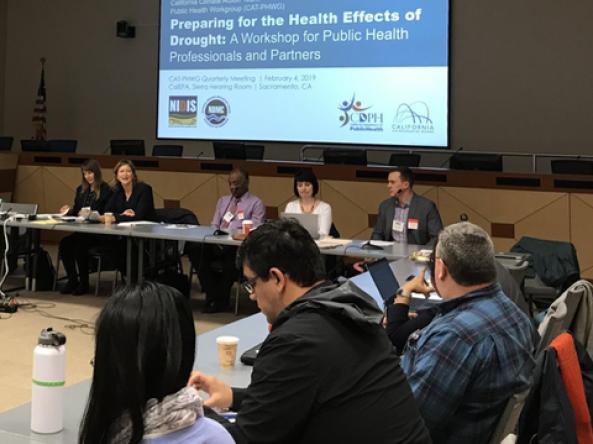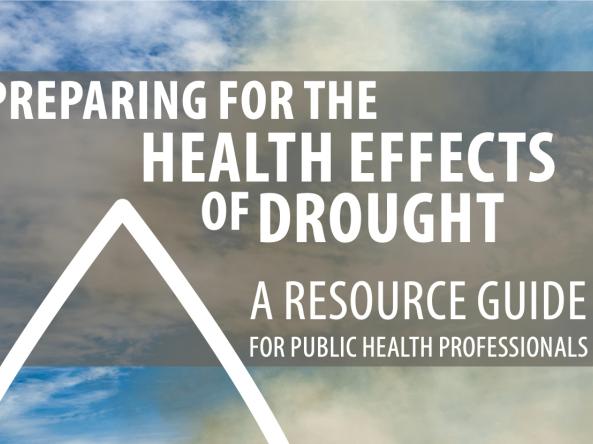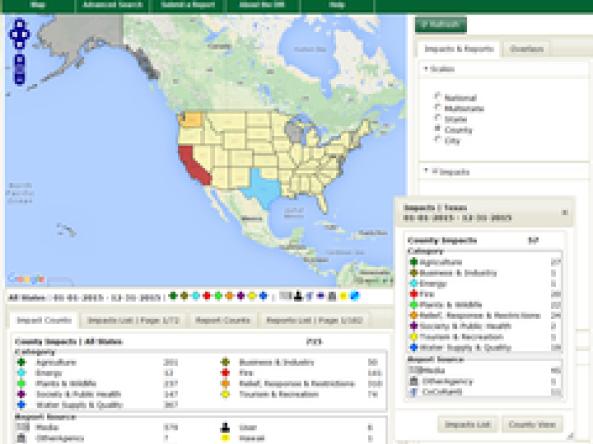The Southwest Drought and Human Health Workshop was tailored around sharing regional drought-related human health impacts, and the workshop helped identify gaps and needs, collaborative opportunities, and ways to integrate the health sector into the Intermountain West DEWS.
An exciting event happening in conjunction with the 2019 Midwest DEWS Regional Partner Meeting is a Drought and Public Health Workshop, which is taking place at the same venue from November 20–21, 2019. The two meetings will join forces for a joint afternoon session on Wednesday, November 20. Discussions at this workshop will be tailored around regional drought-related human health impacts, and it will also help identify gaps and needs, collaborative opportunities, and ways to integrate the health sector into the Midwest DEWS.
Over the last century, droughts have caused more deaths internationally than any other weather- or climate-related disaster. Droughts in the United States, however, are generally not thought of as public health threats. This meeting brought together local, state, federal, tribal, non-profit, and academic participants for a discussion around the linkages between droughts and human health. The goal was to discuss ways to properly prepare our public health agencies and organizations for the health hazards associated with drought, which in turn can reduce negative outcomes and save lives.
On February 4, 2019, the California Department of Public Health, NIDIS, the Centers for Disease Control and Prevention, and the National Drought Mitigation Center co-hosted a workshop called Preparing for the Health Effects of Drought: A Workshop for Public Health Professionals and Partners.





